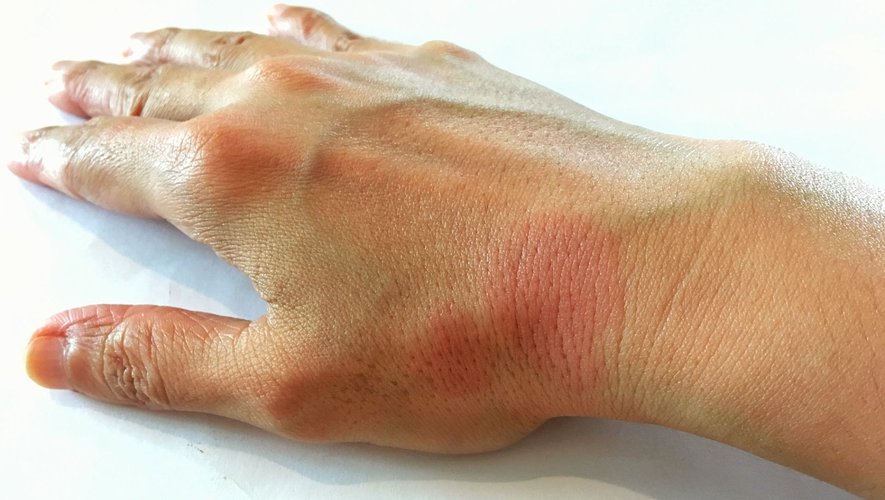On this World Lupus Day, let’s take stock of this chronic autoimmune disease which affects mostly women and whose diagnosis can sometimes take a long time to establish.
The term « lupus » means wolf in Latin and designates one of the characteristic signs of this disease: on the skin of the face a kind of erythematous mask forms which resembles a wolf’s head. It is often the first visible clinical manifestation of the disease that mainly affects young women : nine women for one man, aged 15 and 44, according to data from the lupus reference center of the Pitié Salpêtrière university hospital group in Paris.
Rare, this disease is indeed rare since it affects around 30,000 people in France. If it primarily causes lesions of the skin, it can also affect the joints and internal organs such as the kidneys. Hence the importance of early detection, in order to offer a treatment that stabilizes this disease. But given these heterogeneous symptoms, the diagnostic wandering can last a few years.
Lupus, what is it?
Lupus is a autoimmune disease : this means that the immune defenses normally intended to fight only external elements such as bacteria or viruses, « turn » against the body’s cells and attack it. The body then produces harmful defense molecules, called auto-antibodies, which cause significant inflammatory reactions and lead to the self-destruction of certain tissues of the skin, joints, kidneys, etc. This is why the most common form of lupus is called « systemic »: the disease affects several organs.
How does the disease start?
« Several factors (environmental, hormonal and genetic) are probably involved », according to the reference site for information on rare diseases, Orphanet. Additionally, « as lupus often affects women of childbearing age, there may be a link between lupus and female hormones. » It’s also likely that some people have genes that make them more likely to trigger the disease. A viral infection, stress or sun exposure « can trigger lupus, or rather « wake it up » by a mechanism that is still unknown ».
How is lupus treated?
Lupus evolves in flare-ups: the disease is then active with various symptoms, then comes the remission phase which can last a few weeks to several months. To date, there is no treatment that can cure lupus, but several combinations of drugs can stabilize the disease. These combinations depend on the symptoms of each patient and the evolution of lupus. Nonsteroidal anti-inflammatory drugs are prescribed to relieve pain, but are usually insufficient. Among the most commonly prescribed drugs, we can cite treatments based on corticosteroids, immunosuppressants or synthetic antimalarials, such as hydroxychloroquine.
How do you live with lupus?
When lupus has been diagnosed, medical surveillance is implemented in order to follow the evolution of the disease and to adapt the treatments. On a daily basis, it is advisable to stop smoking if you smoke, to protect yourself well from the sun and to practice physical activity during the phases of remission. If you want a child, talk to your doctor: in case of lupus, the pregnancy must be planned. “It is recommended that it only begins after a lupus remission of 6 to 12 months”, details the Medicare site. Apart from periods of outbreaks, which are very trying, and thanks to treatments, people with lupus can live an almost normal life.
To note : According to the Lupus Reference Center, the disease more often affects « certain ethnic subgroups, such as African Americans or Asians. »

